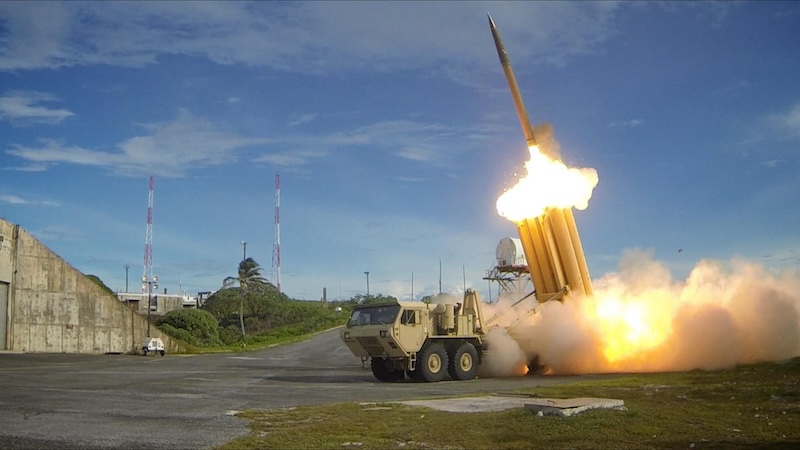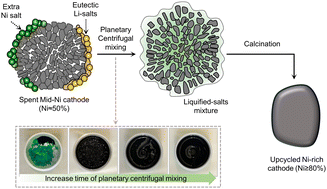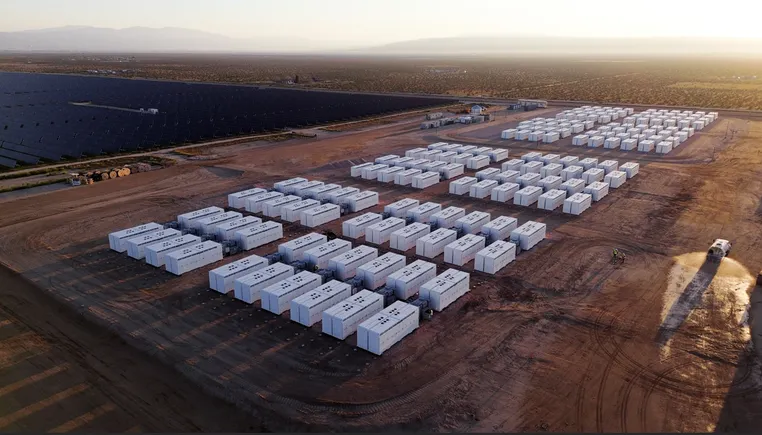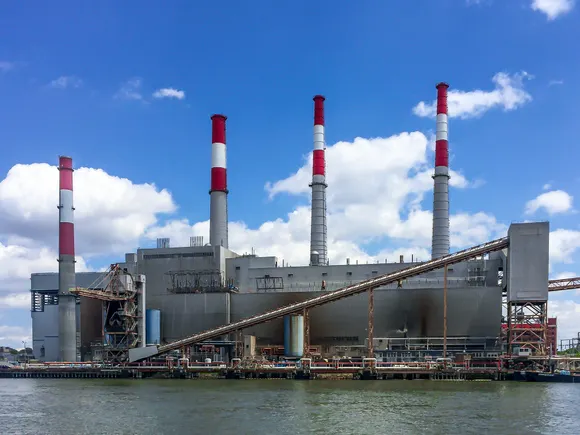Tariff damage looms without new trade deal, says economist
Tariffs helped snap 10 straight months of growth at the Port of Los Angeles, but a Yale economist says that the worst could be yet to come. The post Tariff damage looms without new trade deal, says economist appeared first on FreightWaves.

May’s lower import volumes through the Port of Los Angeles could be a sign of things to come absent a new trade deal with China, even as the tariff pause boosts U.S.-bound shipments even with year-ago levels.
The southern California container gateway, a bellwether indicator for broader economic activity, saw its 10-month growth streak snapped on total throughput of 717,000 twenty foot equivalent units, 5% lower than the previous year’s volume for the same month.
The 9% drop in imports from the previous year and a sharp 19% decrease compared to April prior to the tariff pause created a striking variance from expectations.
“Inbound cargo totaled 356,020 TEUs, about 25% less than our projections from the beginning of April, prior to the tariffs’ announcement,” said port Executive Director Gene Seroka, in a media briefing.
Exports totaled 120,000 units, also down 5% y/y, the sixth straight month of decline.
Seroka said it was “promising” that the U.S. and China continue to talk, referring to the recent negotiations in London. But “tariffs remain elevated,” maintaining an impactful 55% rate on Chinese imports to the United States. The retaliatory tariffs from China, averaging 10%, contribute to an uncertain trade environment.
Still, data from SONAR showed shippers taking advantage of the tariff pause. Through June 16 loaded container volume headed to the U.S. from Chinese ports was even with year-ago levels.

Ernie Tedeschi, director of economics at the Budget Lab at Yale University, in the briefing provided a detailed analysis of how the tariffs are affecting consumers and the economy at large.
“Tariffs to date announced in 2025 raise the average effective tariff rate in the United States by an additional 12 percentage points,” Tedeschi said. This increase translates into a 1.5% hike in prices for American families, which effectively reduces purchasing power by approximately $2,500 per family per year in 2024 dollars.
Tedeschi said the regressive nature of tariffs “hurt lower and working-class families more,” with those at the income scale’s bottom experiencing a 2.5% pinch compared to the top’s 1%.
As the conversation turned to the inflationary impacts of tariffs, Tedeschi said it takes time for tariffs to flow through to the official data. He said tariffs on imported washing machines in 2018 took three months to influence consumer prices significantly. The current situation, complicated by factors like inventory levels and uncertain policy outcomes, suggests a gradual but persistent effect on inflation.
Despite these challenges, there was a semblance of positive news shared with respect to future port activities. Seroka noted, “Released just this week, the National Retail Federation’s port tracker predicts a decline in imports for June, July, and August.” Although this points to continued caution, the port’s operational readiness offers some optimism. “Our velocity statistics are good,” Seroka emphasized, indicating that the port’s infrastructure is well-prepared to manage fluctuating cargo volumes efficiently.
Find more articles by Stuart Chirls here.
Related coverage:
WATCH: ‘Dark fleet’ tanker collision sparks fire near Strait of Hormuz
Los Angeles box volume hits lowest level in two years
Israel ports unfazed by new missile strikes
UPDATE: Return of Red Sea cargo “less likely” after attacks on Iran
The post Tariff damage looms without new trade deal, says economist appeared first on FreightWaves.
















































































![The sights of the Paris Air Show Day 2 [PHOTOS]](https://breakingdefense.com/wp-content/uploads/sites/3/2025/06/IMG_1837-scaled-e1750181568851.jpg?#)

![An FCAS fracas and Embraer’s European embrace: Paris Air Show Day 2 [Video]](https://breakingdefense.com/wp-content/uploads/sites/3/2025/06/IMG_3682-e1750159767304.jpg?#)













![[Updated] U.S. Air Force Mobilizes F-22s and F-35s as Situation in Middle East Escalates](https://theaviationist.com/wp-content/uploads/2025/06/F-22_F-35_CENTCOM-top.jpg)











































